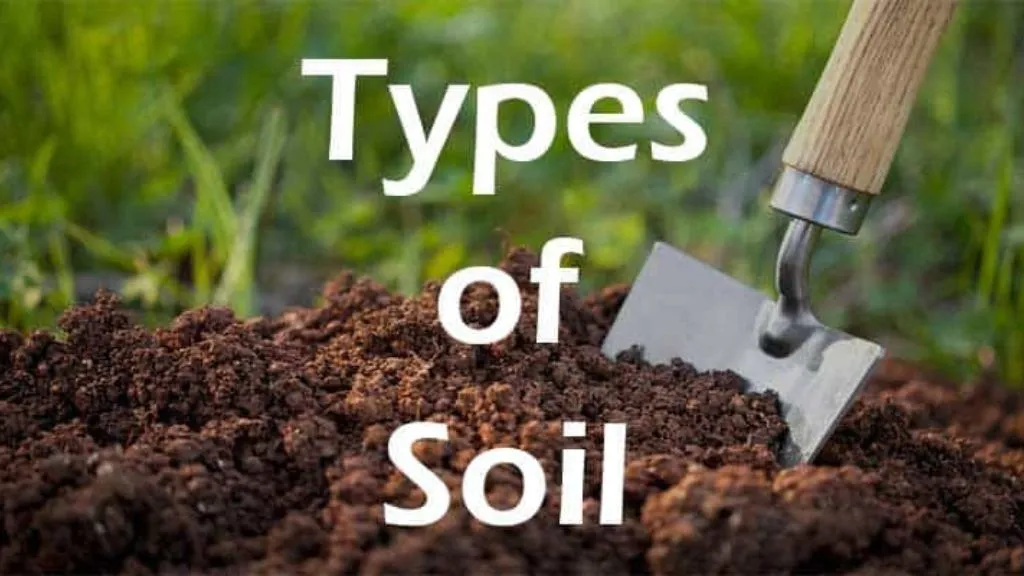
Soil is the main element in the plantation process that add all necessary vital nutrients, air, and water to help grow a healthy plant. Having said that, it is also true that not all soil types are the same, in fact, each plot of ground have their own blend of organic, minerals, and inorganic matter that determines what crops can be grown in the best possible manner.
The “needed” and “ideal” soil that a plant is in need of can be created by containing them in plots like a planter and raised beds, which is true for small spaces.
What about large areas? In massive areas and landscapes, it is extremely important to understand the characteristics required in order to further work on the soil.
To help you ahead, we have curated this article that includes the types of soil needed to grow plants and all the necessary details that can help you grow a plant in the best possible manner.
Let’s get started!
6 Types Of Soils In India You Can Consider To Grow Plants
Listed below are the 6 best types of soils that you must look for to grow specific kinds of plants. Each come with their own properties, features, and requirements you must look into, all-important to know to get the most from your garden.
1. Clay Soil
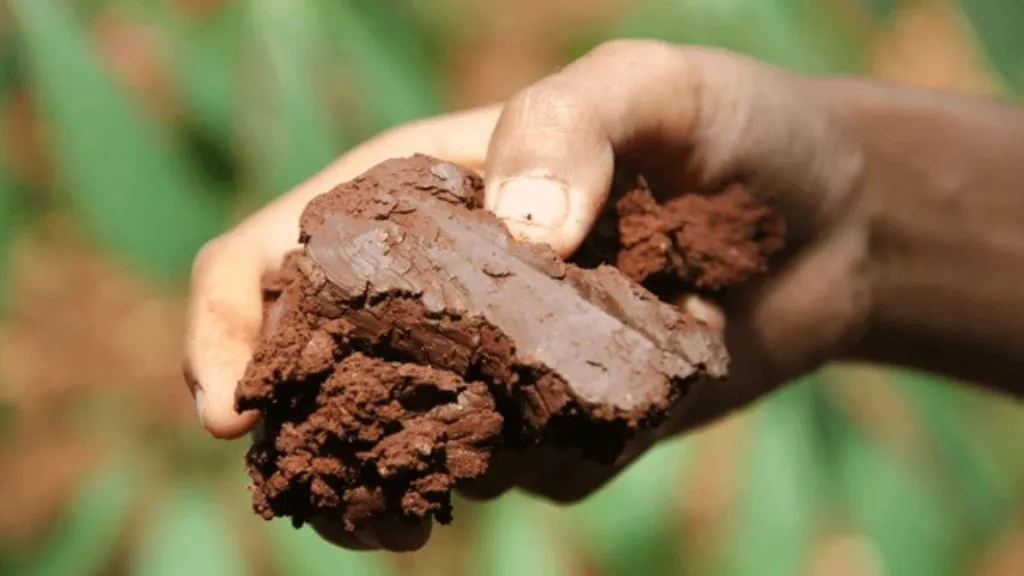
These feel sticky and lumpy when wet and hard as a rock when dry. Clay soils are rather poor at draining and have a few air spaces in them, this means that the soil would rather warm up slowly during spring and could be rather heavy to cultivate. Having said that, if the soil’s drainage is enhanced, then the plants would develop and grow well since the soil now offers rich nutrients.
Best For:
- Shrubs and perennials like Helen’s Flower, Bergamot, Aster, Flowering quince
- Early crops of vegetables and soft berries could be a task to grow when using clay soil as it has cool and compact in nature
- Crop vegetables in summer, which could however be high-yielding vigorous plants
- Ornamental trees, fruit trees, and shrubs thrive on this soil
2. Sandy Soil
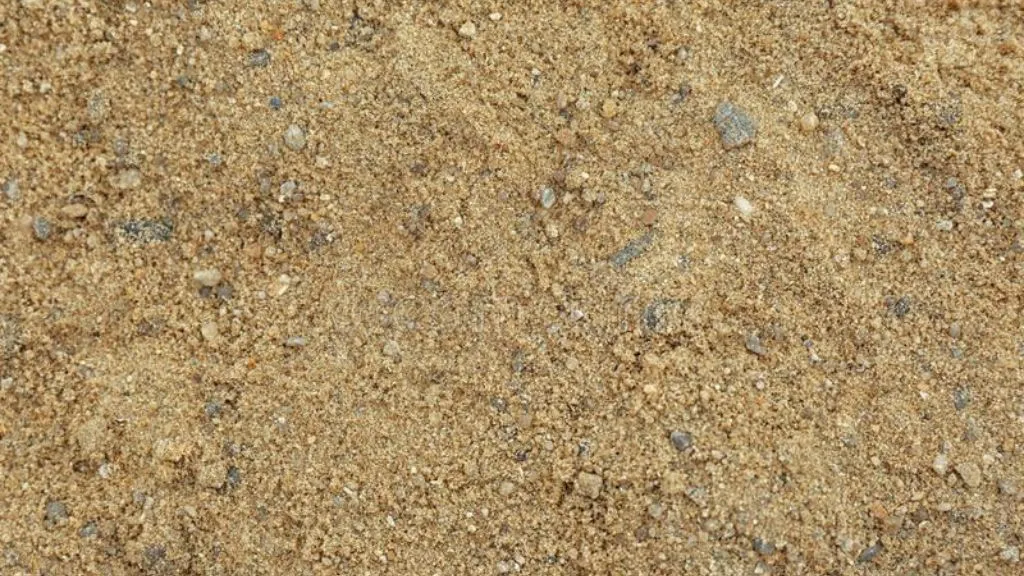
These are rather gritty, unlike the clay soil, and get drained much faster, making the soil dry and easy to cultivate. Sandy soil is also can get warm faster during the spring and hold limited nutrients as they get washed away when wetter spells. These require organic amendments like glacial rock dust, kelp meal, greensand, or other organic fertilizer blends that benefit from mulching and retain moisture.
Best For:
- Bulbs and shrubs like Tulips, Sun roses, Tree mallow, and Hibiscus
- Root vegetable crops like carrots, potatoes favor sandy soils and parsnips
- Lettuce, peppers, strawberries, squash, corn, zucchini, collard greens, and tomatoes, all grown in sandy soils, commercially
3. Silty Soil
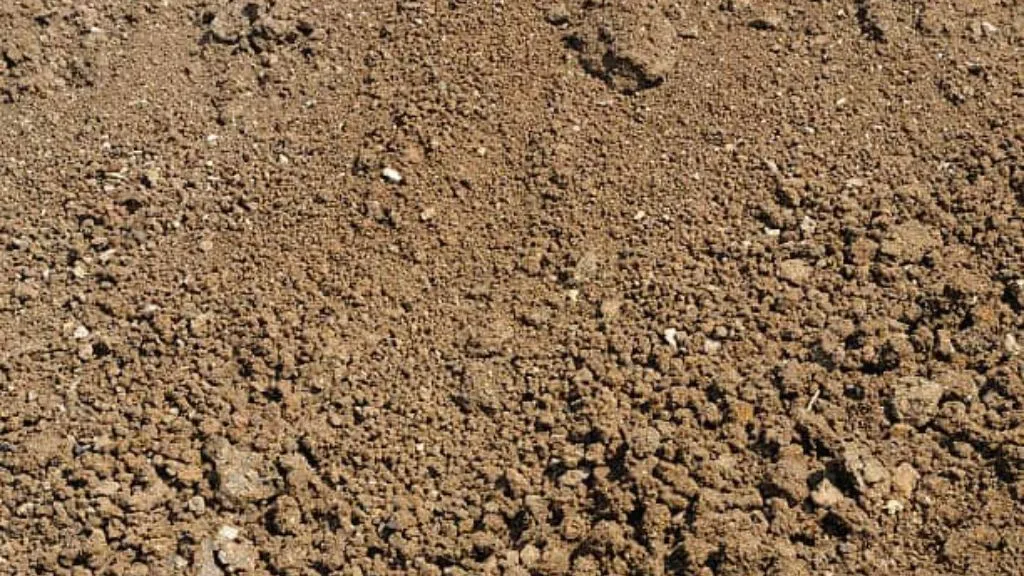
- These are soapy and softer soils that can hold moisture and are usually rich in nutrients. Silty soil is easily cultivated and can compact with limited effort
- Are best used in gardens, provided there the drainage is well managed
- Mixing into composted organic matter is generally required to help improve the structure and drainage while adding nutrients
Best For:
- Shrubs, grasses, climbers, and perennials like Mahonia and New Zealand flax
- Tress are love moisture like Willow, Cypress, Birch, and Dogwood
- Almost all vegetable and fruit crops require adequate drainage
4. Peaty Soil
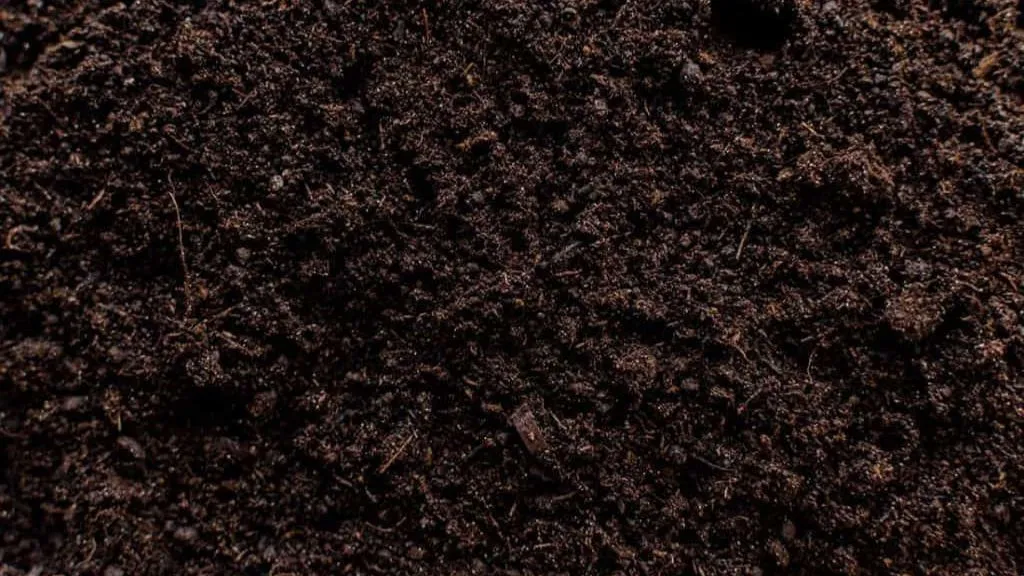
It is a darker, spongy, and damp soil, thanks to the higher levels of peat. Its acidic slows down decomposition and leads to limited nutrients in the soil. The soil heats up quickly during spring and can retain a lot of water that must be drained. For this, you might want to create drainage channels by digging the soils with high peat content.
These are great for growth, especially when blended with rich organic matter, lime to reduce acidity, and compost. You might also want to use soil amendments like glacial rock dust that raise the pH levels in the acidic soil.
Best For:
- Shrubs like Heather, Witch Hazel, Camellia, Lantern Trees, and Rhododendron
- Vegetable crops like Brassicas, root crops, legumes, and salad crops, do well in well-drained peaty soils
5. Chalky Soil
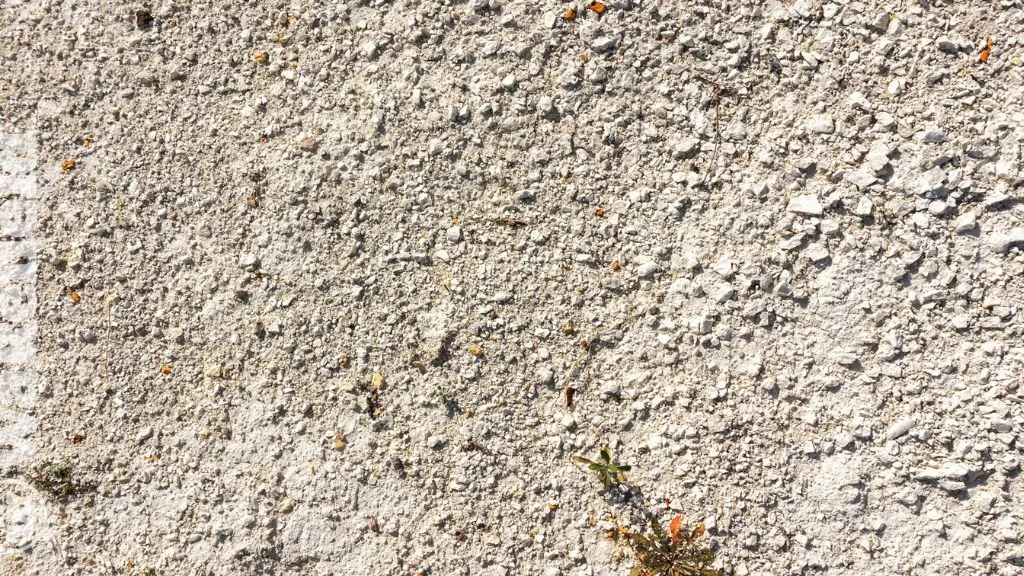
As compared to the other solid types on the list, the Chalky soil is rather grained and stonier. It usually overlays limestone or chalk bedrock, and is alkaline, which at times leads to yellowish leaves and stunted growth– that can be resolved by balancing pH and using appropriate fertilizers. The best way to improve workability and water retention is by adding humus to the soil.
Best For:
- Trees, Shrubs, and bulbs like Lilac, Madonna lilies, Weigela, Pinks, and Mock Oranges
- And, vegetables like beets, spinach, sweet corn, and cabbage grow well in chalky soils
6. Loamy Soil
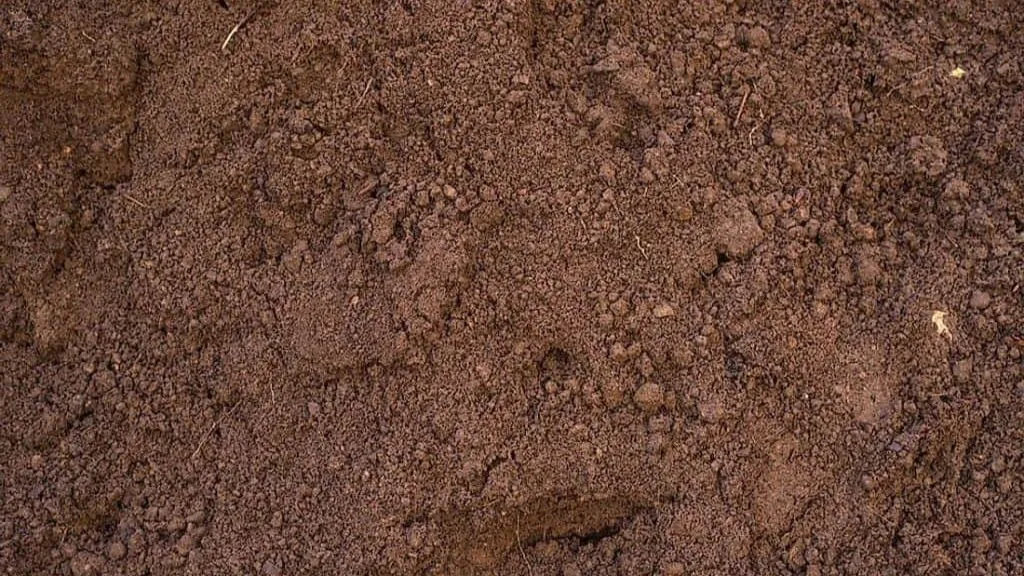
This is a relatively even mix of silt, sand, and clay that is fine-textured and slightly damp. Loamy soil has ideal characteristics for laws, gardening, and shrubs and offers great structure, is moisture-retaining, has adequate drainage, is filled with nutrients, is easily cultivated, and warms up rather quickly during spring unlike in summer. It requires replenishing using organic matter as it is acidic in nature.
Best For:
- Climbers, perennials, bamboos, shrubs, and tubers like Wisteria, Black Bamboo, Dog’s-tooth violets, Rubus, and Delphinium
- Most berry and vegetable crops could do better in loamy soil. Nevertheless, it requires careful management in order to prevent depletion and drying out. To prevent this, you must want to rotate the crops, plant green manure crops, use mulches, and add compost with organic nutrients to help retain the vitality of the soil
Different Types Of Soil In India – How To Test The Soils To Know Their Soil Type?
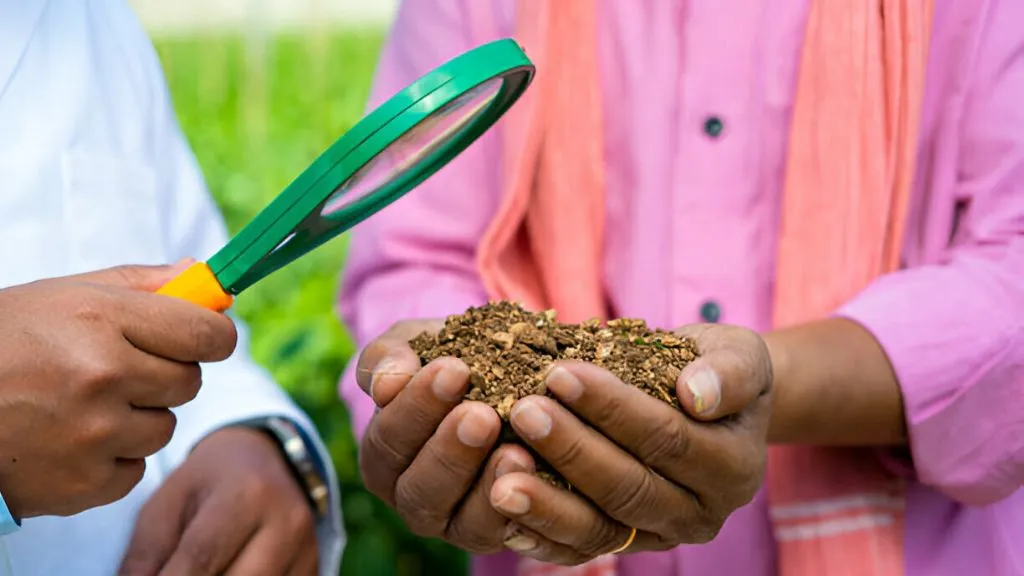
Here are the ways to help you determine the soil type:
Test 1 – Water
Take a glass of water and try to pour it onto the soil. Does it drain? If it does, it is most probably gravelly or sandy soil, as in clay soil the water will not sink in.
Test 2 – Squeeze
Take the soil in your hand, and softly compress it in your fist
- Situation A – If the soil sticks and is slick when touched but remains intact and also in the same shape, when you let go, then its a clay soil
- Situation B – If the soil feels like a sponge then it’s peaty soil as sandy soil is much more gritty and easily crumble apart
- On the other hand, loamy and silty soils are smooth textured and can hold their shape for a shorter period of time
Test 3 – Settle
Take a handful of soil in a transparent container, add some water and shake it well. When done, leave it to settle for about 12 hours.
- If its a clay or silty soil, it will leave cloudy water with a layer of particles at the bottom of the container
- While sandy soils would leave the water to be mostly clear with most particles falling and forming a layer on the base
- Peaty soils would have particles floating on the surface, where the water would be slightly cloudy with a thin layer at the bottom of the container
- Chalky soil will leave a layer of whitish, grit-like fragments at the bottom with the water with a shade of pale grey
- Lastly, if the water is clear with a layer of particles at the bottom of the container and has the finest particle at the top, then the soil is likely to be loamy.
Test 4 – Acid Test
A standard soil’s pH level is usually between 4.0 and 8.5 and the best level for a healthy plant is anything between 6.5 and 7 as that’s when the nutrients generally thrive.
You might want to purchase a pH test kit online, or from a local garden center. However, as a part of the general rule, in areas with soft water, there will be acid in the soil, unlike in areas with hard water as they tend to have alkaline soil.
Soil Test Kit :
We recommend using a soil test kit that can assess the soil’s primary nutrients (N-P-K) and the pH levels too. By doing so, you will be able to determine the exact condition and fertilize the soil to become more economical and effective. Keep in mind that the soil must always be checked periodically throughout the growing season.
Types Of Soil In India – How To Make The Most Of The Different Types Of Soil In India?
In most general cases, the plants prefer neutral soil, nevertheless, there are some that favor slightly alkaline or acid soils. Regardless of the pH levels, the soil has a possibility to adjust its level to make it more hospitable to the type of plant you wish to grow. However, remember that this is only temporary, and it’s advised to make the most of the soil type in hand.
You may want to add ground lime to make the soil more alkaline, as well as aluminum sulfate to help make it acidic. In case the soil is rather low in nutrients, such as sandy soil, you may mix it with organic matters like manure and compost to enrich the soil, as well as, improve its texture.
Using organic mulches like straw, deciduous leaves, and dried grass clippings is also a choice. These break down and can be incorporated into the soil and building a new supply of organic nutrients and also improving the structure of the soil.
The clay soil is often not aerated enough and lacks a good structure that making it rather difficult for the plant to grow in a healthy manner. Therefore, to get the most out of it, it’s a good idea to add large quantities of well-rotted organic matter into the fall and peat it for a few weeks before you begin planting. Greensand is another alternative that can be used to loosen the heavy clay soils and/or bind sandy soils.
Lastly, it becomes difficult to cultivate in chalky soil as its alkaline in nature. Therefore, to help rectify, add bulky organic matter that can break down over time with an addition of minerals and nutrients to the soil.
To Conclude: Making Sure That The Different Types Of Soil Are Healthy
Listed below are a few ways to help you make sure that the kind of soil is rather healthy and make a good fit:
- The best idea is to take care of your soil as living as the plants, which means, you must make sure to water them and provide food.
- Always make sure that the soil has enough Nitrogen, Potassium (NPK), and Phosphorus that are vital elements to grow plants effectively – all rich in organic matter and fertilizers
- Once the crop is harvested, the soil will need to be renewed before you start to plant a successive crop. Most gardeners choose to plant ‘green manure’ crops like legumes, vetch, buckwheat, and clover to help fix nitrogen into the soil to help build the texture and improve drainage and aeration with the addition of organic matter
- Crops as above are tilled before they go to seed, and quickly break down to harvest new crops that can be planted without delaying
- To restore the health of the soil, try crop rotation, cover crops, and green manures with periodic addition of organic materials like fertilizer and compost, after crop harvests
- Rock dust and rock phosphate is a valued amendment to help restore the levels of phosphorus that are needed for vigorous plant growth
- Introduce living organisms to the soil. For instance, fungus mycorrhizae help aid the plants with the absorption of nutrients and water, while worms help with speeding the composting process by spreading fertilizer through the soil
As a new gardener, it is possible and only natural for you to feel confused and the process very complicated, however, take it from us, once you learn, it all becomes rather easy to do. Make sure you identify the soil type to help grow and maintain a healthy garden.
Different Types Of Soil In India FAQs:
1. What is clay soil ?
2. How to do a water test to know the soil type ?
3. What are chalky soils best for?
1. Trees, Shrubs, and bulbs like Lilac, Madonna lilies, Weigela, Pinks, and Mock Oranges
2. And, vegetables like beets, spinach, sweet corn, and cabbage grow well in chalky soils






